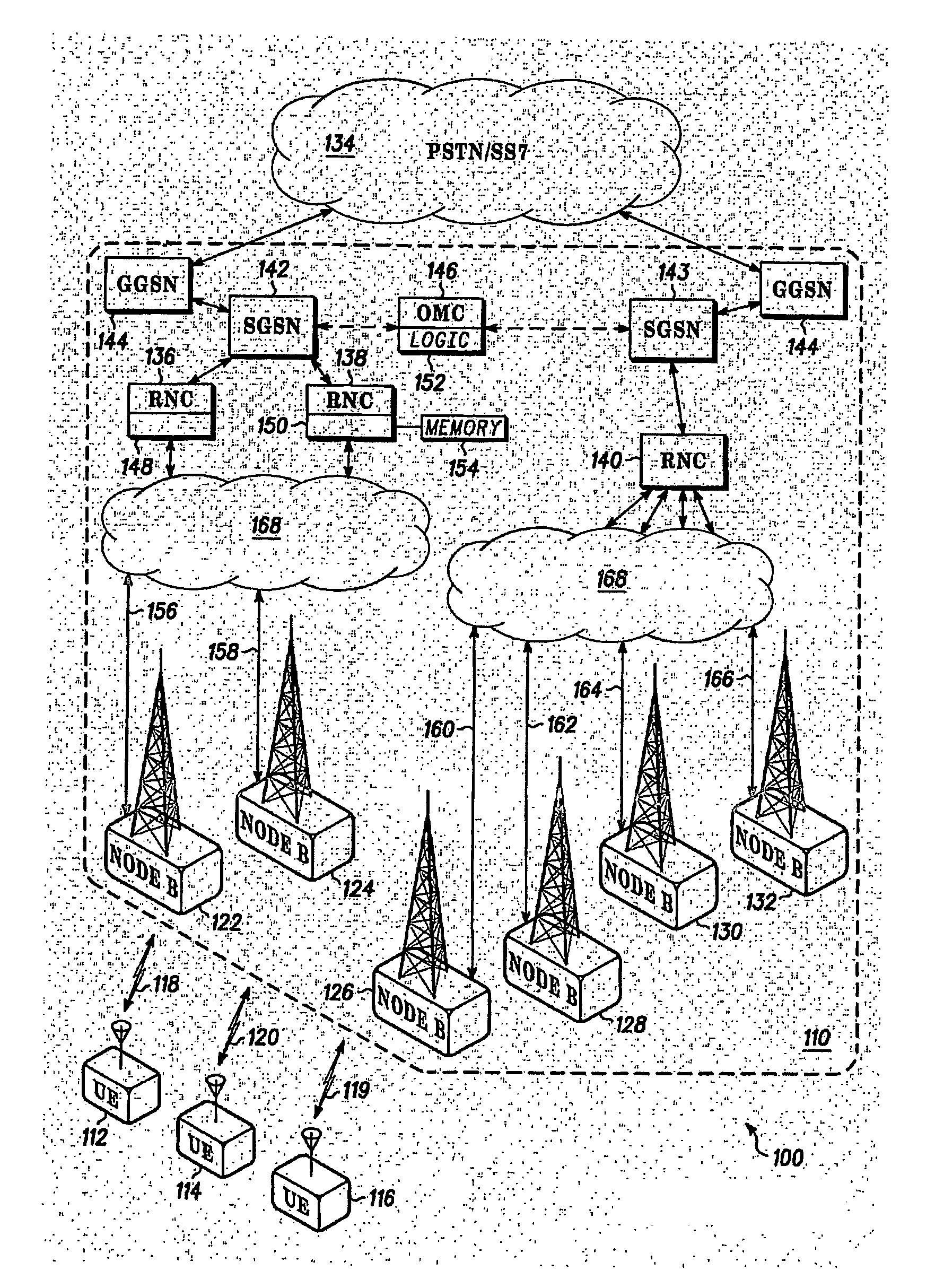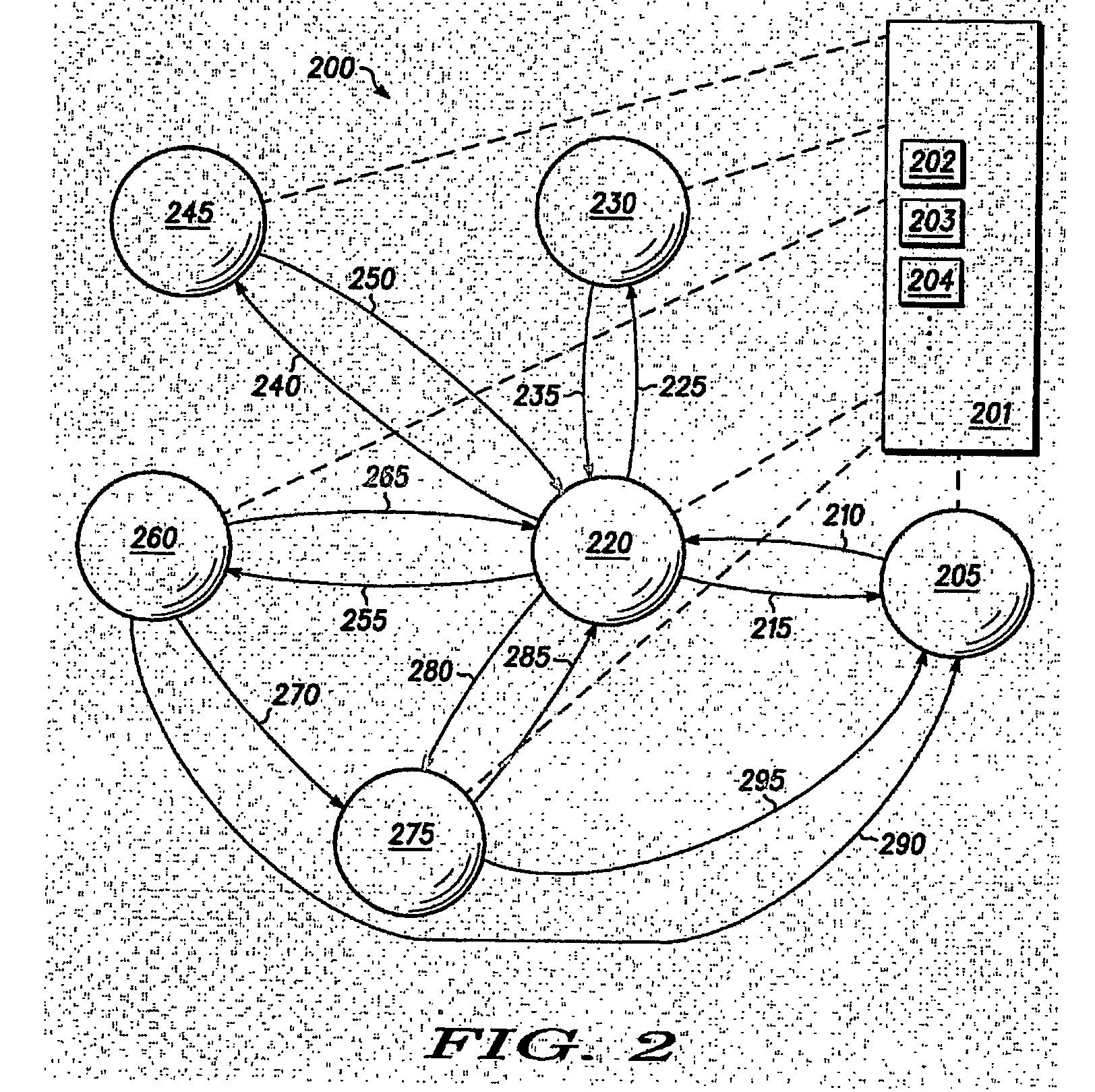Radio network controller (rnc) and method for optimising decision regarding operational states for an umts user equipment (ue)
- Summary
- Abstract
- Description
- Claims
- Application Information
AI Technical Summary
Benefits of technology
Problems solved by technology
Method used
Image
Examples
Embodiment Construction
[0031] Referring now to FIG. 1, a cellular-based communication system 100 is shown in outline, in accordance with an embodiment of the invention. In the embodiment of the invention, the cellular-based communication system 100 is compliant with, and contains network elements capable of operating over, a UMTS air-interface. In particular, the invention relates to the Third Generation Partnership Project (3GPP) specification for wide-band code-division multiple-access (WCDMA) standard relating to the UTRAN radio Interface (described in the 3G TS 25.xxx-series of specifications) and is described with reference to such a communication system. However, it will be apparent to a skilled person that the present invention is not limited to a UMTS communication system.
[0032] A plurality of subscriber terminals (or user equipment (UE) in UMTS nomenclature) 112, 114, 116 communicates over radio links 118, 119, 120 with a plurality of base transceiver stations, referred to under UMTS terminology...
PUM
 Login to View More
Login to View More Abstract
Description
Claims
Application Information
 Login to View More
Login to View More - R&D
- Intellectual Property
- Life Sciences
- Materials
- Tech Scout
- Unparalleled Data Quality
- Higher Quality Content
- 60% Fewer Hallucinations
Browse by: Latest US Patents, China's latest patents, Technical Efficacy Thesaurus, Application Domain, Technology Topic, Popular Technical Reports.
© 2025 PatSnap. All rights reserved.Legal|Privacy policy|Modern Slavery Act Transparency Statement|Sitemap|About US| Contact US: help@patsnap.com



